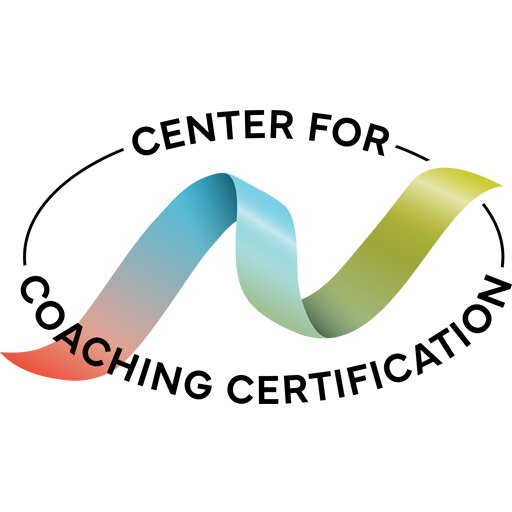
Coaching is the bridge between planning, education or training, and effective implementation because of the focus on individual action.
· Training increased productivity 22.4%. Training + Coaching provided an 88% productivity gain. – Public Personnel Management
· In the absence on follow-up coaching, 87% of the skills change brought about by training or development programs was lost. – Xerox Corporation
· Coaching is considered a competency for trainers, HR professionals, and leaders alike. A webinar on the Why and How of Coaching for Educators is at https://www.youtube.com/watch?v=CBW6hnyh5gU
Coaching for teaching efficacy, education administration, and students is on the rise because it works. For teachers specifically, at https://www.edutopia.org/blog/coaching-impact-teachers-principals-students-elena-aguilar in reference to teacher development they state, “Coaching is an essential component of an effective professional development program. Coaching can build will, skill, knowledge, and capacity because it can go where no other professional development has gone before: into the intellect, behaviors, practices, bliefs, values, and feelings of an educator.”
The ‘why’ of coaching as an educator and for educators is clear. The challenge is in the ‘how’ of coaching as an educator and for educators.
Coaching Skills in teaching or training:
• Awareness of Learning Styles – commonly teachers and trainers learn about and use learning styles with their class. The application as a coach goes further and includes the application of learning styles in developing rapport, asking questions, and empowering.
• Engaging with Questions – coaching questions are completely different than any other style of questions. The approach with coaching questions full engages, maintains a forward focus, and gives ownership to the person being asked.
• Asking the participants for the answer – the educator is the expert giving information. The more asking is used, the more the learners engage in assimilating the information.
• Asking the participants how they will use the information – after information has been provided and learning activities conducted, inviting each learner to plan their application with a coaching approach increases retention and enhances outcomes.
Coaching Activities in teaching or training include questions – following are examples:
· Self-reflection
o What are your thoughts or feelings about this information?
o How does this information apply for you?
o What are your action steps to implement your learning?
· The Question Game
o Statement followed with Questions Only
o List Questions – Points for Open and Short
o Brainstorming
· Define a Challenge and Everyone Contributes Ideas
o Reverse Brainstorm
o Role Play
o Invite a Challenge
o Be the Person with the Challenge
o Invite the One with the Challenge to Coach You
· The How: After the Learning
o Group Coaching – as a class, explore the insights, goals for application, strategies, resources, and action steps.
o Individual Coaching – with each student use coaching questions to ask what they are learning and how they are using it.
Coaching is a skill that is helpful for educators, teachers, trainers, and parents. The Paradox: Coaching is a skill that can be used when educating, teaching, training, or parenting. Educating, teaching, training, or parenting cannot be used when coaching. Upgrade teaching efficacy with coaching as an area of professional development for teachers.





